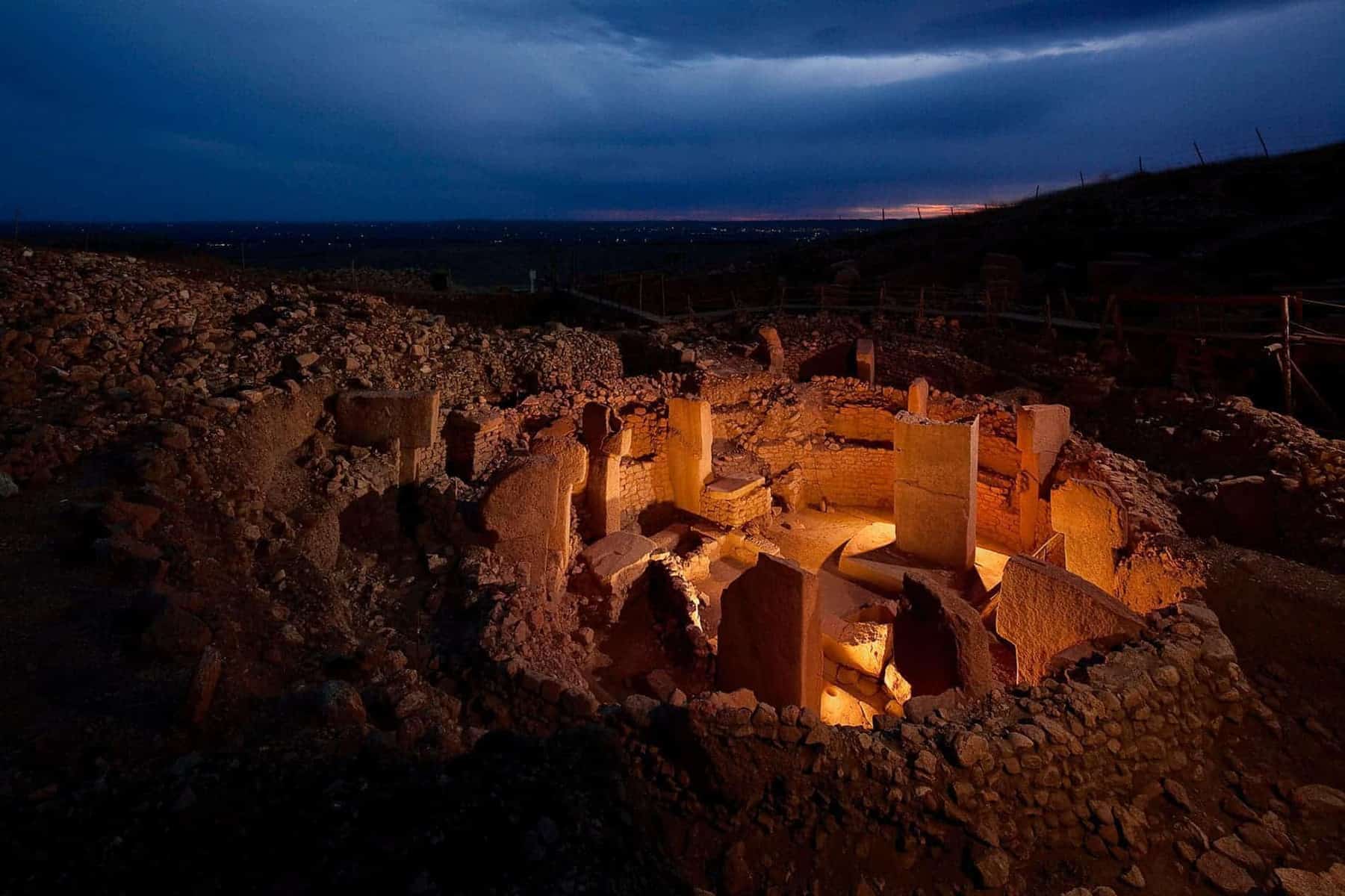Göbekli Tepe is an archaeological site that dates back over 11,000 years. It is believed by some to be the first evidence of a hunter-gatherer civilization building a massive temple. Located in modern-day Turkey, the site was discovered in 1963 and in 1994 efforts to excavate the site began. Now more than 20 years into the excavation and preservation of the site, new discoveries have archaeologists questioning what they once believed to be the site’s purpose. It is now thought that the people who created Göbekli Tepe were part of an ancient skull cult.
Göbekli Tepe is a series of circular and oval-shaped structures on the top of a hill that dates back to the Pre-Pottery Neolithic A Period which ranges from 9600 – 7300 BCE. At the site are 20 different installations which come together to form what is believed to be the oldest temple in the world. The site features intricate carvings, evidence of rituals being performed, and evidence that efforts were taken to preserve the site after it was abandoned. It is thought that the site was abandoned about 9,000 years ago and was largely untouched by humans until it’s rediscovery in 1963.

Each installation has two massive pillars in the center and these pillars are then surrounded by enclosures and walls. The walls and enclosures would also feature more pillars. The pillars are T-shaped and range in height from 3 to 6 meters. The pillars are believed to be depictions of people as some of the pillars have carvings of human extremities on them. There are also detailed rock statues and animal carvings as well as number of abstract carvings at the site. Most of the carvings are found in the flat surfaces of the large pillars.
It is unique because it has been theorized that hunter-gatherers settled down and began farming, and it was that shift that led to cities and settlements. But Göbekli Tepe pre-dates farming which suggests that it might not have been farming that led to hunter-gatherers settling down but rather the construction of large temples like that of Göbekli Tepe. There are also numerous questions about where the massive rocks came from and how such complex structures emerged from a society that had yet to establish farming is still unknown.
Research and excavation continues at the site has largely benefited from how the site was preserved. The entire site was back-filled and buried deep underground after it was abandoned. While this took tremendous amounts of material it also ensured that the entire site was remarkably well preserved. Now, thanks in part to the remarkable preservation of the site, a recent discovery has turned up evidence that the temple at Göbekli Tepe may have been part of a skull cult. This puts the purpose of the site and the people who created it in an entirely new light.

